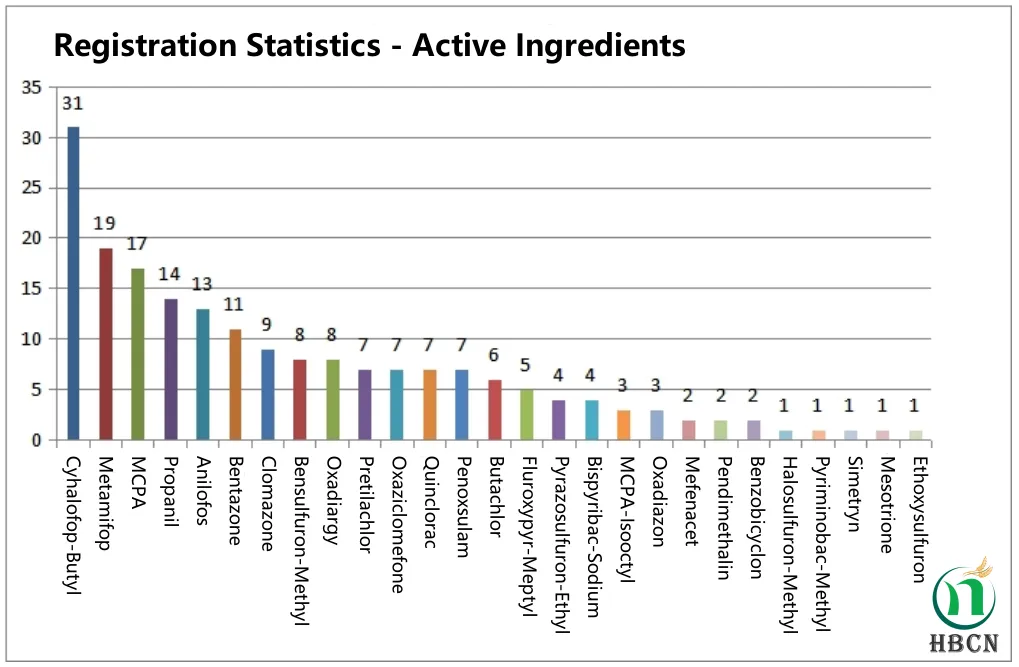
Nov . 30, 2024 15:59 Back to list
Chlorpyrifos Pesticide Analysis and Regulatory Updates for 2020
Chlorpyrifos A Multifaceted Agricultural Product and its Implications
Chlorpyrifos is an organophosphate pesticide that has been widely used in agriculture for nearly five decades. First introduced in the 1960s, it becomes particularly notable due to its broad-spectrum effectiveness against a variety of pests, including insects that threaten crops and livestock. This article explores the characteristics of chlorpyrifos, its applications in the agricultural sector, the associated health and environmental concerns, and the future outlook for its use.
Characteristics and Applications
Chlorpyrifos acts by interfering with the normal functioning of an enzyme called acetylcholinesterase, leading to the accumulation of acetylcholine in the nervous system of insects. This mechanism results in paralysis and ultimately death of the targeted pests. Used primarily on crops such as corn, soybeans, cotton, and fruit trees, it also serves in non-agricultural settings like landscaping and termite control.
The versatility of chlorpyrifos makes it a popular choice among farmers and agriculturalists, particularly in integrated pest management systems. Farmers appreciate its ability to control diverse insects, thus protecting their yields and ensuring food production stability. Additionally, it is relatively inexpensive compared to other pest control methods, making it accessible to a wide range of agricultural producers.
Chlorpyrifos A Multifaceted Agricultural Product and its Implications
Despite its effectiveness, the application of chlorpyrifos has been met with significant controversy. Research has increasingly linked the chemical to various health issues, particularly in children and pregnant women. Studies suggest that exposure to chlorpyrifos can lead to developmental issues, cognitive deficits, and potential long-term neurodevelopmental problems. Consequently, advocacy groups and health professionals have raised alarms, calling for stricter regulations and, in some cases, complete bans on its use.
chlorpyrifos 20 product

Moreover, chlorpyrifos is known to have harmful effects on the environment, particularly on non-target organisms. It poses a risk to beneficial insects, such as bees, which play a crucial role in pollination and ecosystem health. The runoff from treated fields can also contaminate water sources, affecting aquatic life and potentially entering the human food chain.
Consequently, various countries and states have begun to impose restrictions on chlorpyrifos usage. In the United States, for example, the Environmental Protection Agency (EPA) announced plans to ban the pesticide in 2020, citing its potential risks to human health and the environment. However, debates continue on its economic implications for farmers who rely on chlorpyrifos for pest control.
Future Outlook
The future of chlorpyrifos is uncertain as regulatory pressures increase and public concern grows. As alternative pest control methods gain traction, including biological controls and organic farming practices, the agricultural sector is gradually adapting to these changes. Innovations in integrated pest management strategies are being developed, focusing on reducing reliance on chemical pesticides altogether.
One such alternative involves the use of natural predators or parasites that target crop pests without harmful side effects. In addition, advancements in genetically modified crops resistant to specific pests can minimize the need for chemical interventions. These alternatives not only strive to ensure crop protection but also seek to promote environmental sustainability and public health.
It is crucial for policymakers, agriculturalists, and researchers to collaborate in developing a pest management framework that prioritizes safety while ensuring agricultural productivity. As chlorpyrifos faces increasing scrutiny, the agricultural community must adapt to a future that balances effectiveness and sustainability, ultimately leading toward safer practices that protect both human health and the environment.
In conclusion, while chlorpyrifos has played a significant role in agricultural practices for decades, growing concerns about its health and environmental impacts necessitate a careful reevaluation of its use. As the agriculture sector pivots toward more sustainable practices, the legacy of chlorpyrifos will help inform future approaches to pest management.
-
Azoxystrobin: Broad-Spectrum Fungicide Solutions
NewsAug.11,2025
-
Best EPA Boscalid: Superior Crop Fungicide for Max Yields
NewsAug.11,2025
-
Best Willowood Imidacloprid: Superior Pest Control Solutions
NewsAug.10,2025
-
Best EPA Boscalid Fungicide: Ultimate Crop Protection
NewsAug.09,2025
-
Cyprodinil Fungicide: Broad-Spectrum Crop Protection
NewsAug.08,2025
-
Tembotrione Herbicide: Advanced 8% OD for Broad Spectrum
NewsAug.07,2025
